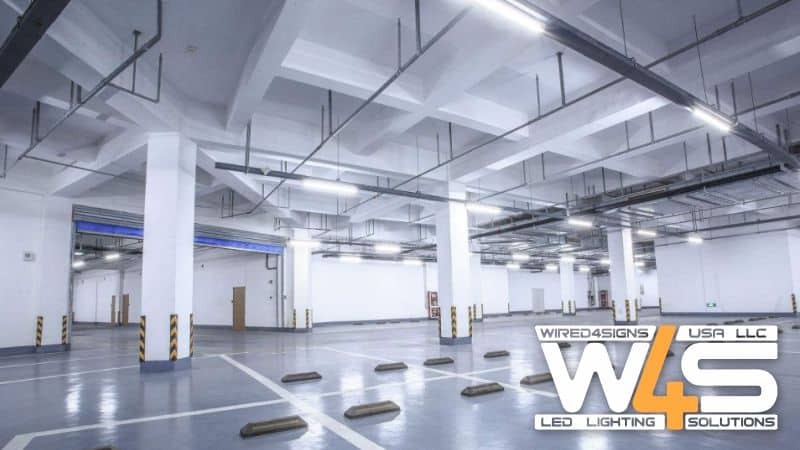It is still crucial to discover environmentally friendly alternatives for everyday uses like lighting in a culture that is concerned about energy use for both environmental and economic reasons. LED lighting is a long-lasting and environmentally friendly alternative.
Some of the reasons why this type of light fixture is environmentally friendly are listed below.
LED lighting is low maintenance
LED light tubes are more durable and less likely to break than traditional bulbs. In addition, there is no need for a ballast with these lights because they are standalone.
As a result of these factors, LED lighting needs very little upkeep. To reduce the amount of resources expended on lighting maintenance and waste produced by the lights themselves, all that is required is their initial installation and subsequent replacement as they burn out.
LED lighting lasts longer
While the lifespan of a specific LED light source may vary, in general, LEDs have a substantially longer useful life than their conventional equivalents. Depending on the brightness, LED Lighting has a lifespan of up to 100,000 hours. The longer your light lasts, the less waste you create, and the more environmentally friendly it is.
LED lighting consumes less energy
The fact that LED lights use about 80% less energy than conventional lights is a major factor in making LED lighting sustainable. Additionally, they use less power than fluorescent bulbs.
Energy savings from switching to LED lighting typically range from about 50% to 85%, depending on the specific lighting product.
LED lights cut energy consumption in numerous ways. They don’t require a ballast. Ballasts require many watts of power to light, which adds to the energy consumption of fluorescent bulbs.
The second is that LED lights are made to provide the highest lumens per watt. This means that much more light can be produced using the same amount of energy. Many LED tube lights, for instance, have an 8-watt tube that produces 1080 lumens, the equivalent of a 17-watt fluorescent tube.
Increase the LED wattage to 18 watts, and you get the same amount of light as a 32-watt Fluorescent tube, which is an energy saving of 60%.
Last but not least, LED bulbs may be turned on instantly. There is no need to wait for the lights to “warm up” to a usable level before entering the room.
While conventional lighting wastes energy during the warming-up phase, LEDs are at full brightness from the moment they are turned on.
LED lights help the environment
LED lights are better for the environment since they consume less electricity. As a result of the increased luminaire efficiency, fewer lights are usually required to achieve the same level of illumination.
Furthermore, LEDs can last up to 20 times longer than traditional lighting, resulting in significantly less waste. Last but not least, the unit itself may be recycled with the correct LED lights, making them even more eco-friendly.
Businesses that make the move to LED lights reduce their carbon footprint in a number of ways, including through reduced energy expenditures, increased energy efficiency, and decreased waste.
You might also be interested in: 6 Modern Home Upgrades For A Stress-Free Living Space








